Table of Links
2. Community Challenges Overview and 2.1 CCKS
2.2 CHIP and 2.3 CCIR, CSMI, CCL and DCIC
3. Evaluation Tasks Overview and 3.1 Information Extraction
3.2 Text Classification and Text Similarity
3.3 Knowledge Graph and Question Answering
3.4 Text Generation and Knowledge Reasoning and 3.5 Large Language Model Evaluation
4. Translational Informatics in Biomedical Text Mining
5. Discussion and Perspective
5.1. Contributions of Community Challenges
5.2. Limitations of Current Community Challenges
5.3. Future Perspectives in the Era of Large Language Models, and References
Figure Legends and Tables

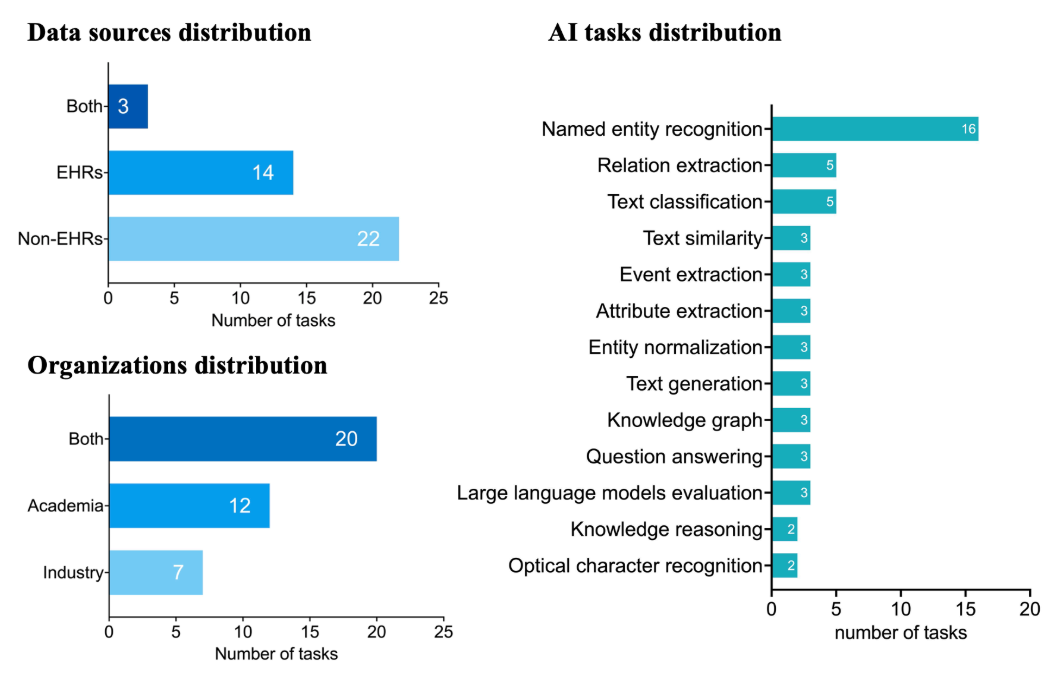
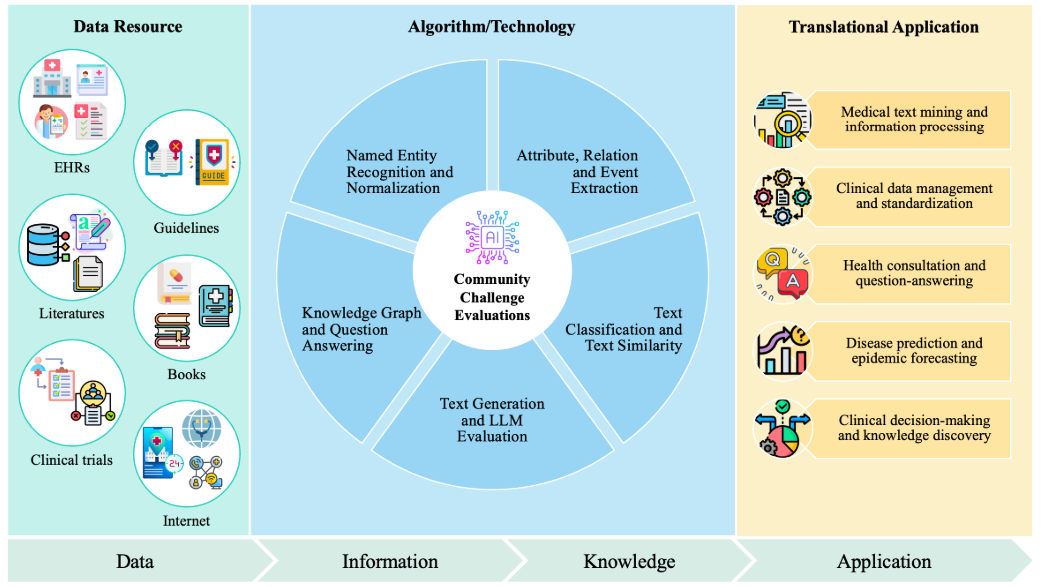
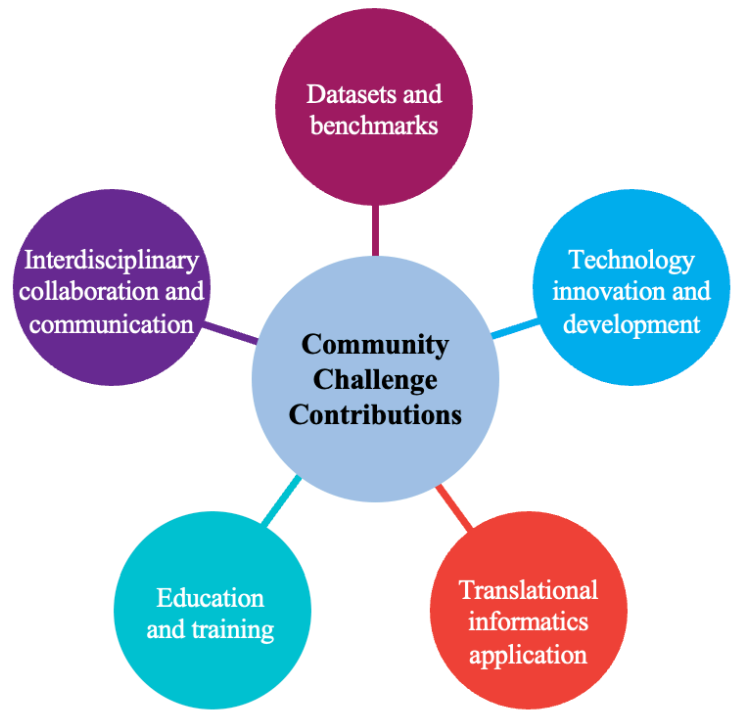
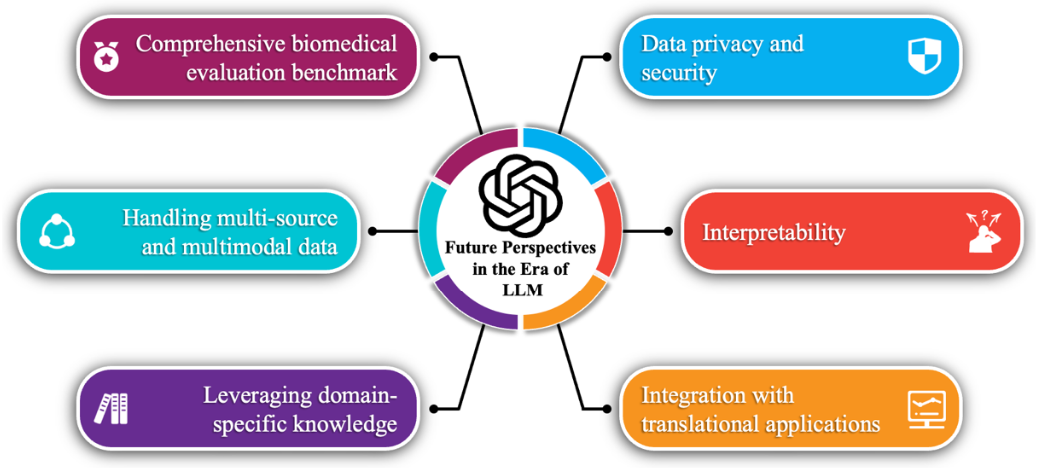
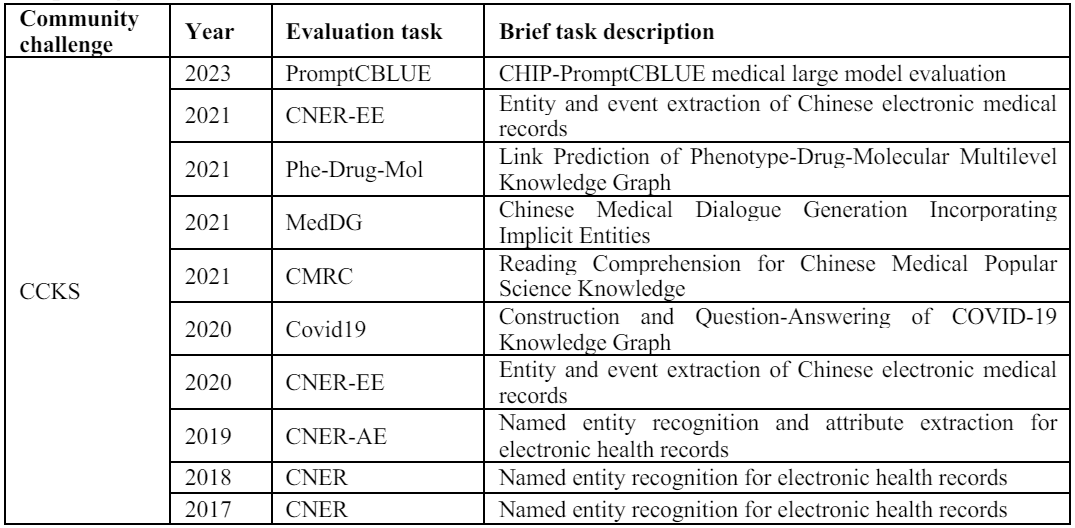


This paper is available on arxiv under CC BY-NC-ND 4.0 DEED license.
Authors:
(1) Hui Zong, Joint Laboratory of Artificial Intelligence for Critical Care Medicine, Department of Critical Care Medicine and Institutes for Systems Genetics, Frontiers Science Center for Disease related Molecular Network, West China Hospital, Sichuan University, Chengdu, 610041, China and the author contributed equally;
(2) Rongrong Wu, Joint Laboratory of Artificial Intelligence for Critical Care Medicine, Department of Critical Care Medicine and Institutes for Systems Genetics, Frontiers Science Center for Disease related Molecular Network, West China Hospital, Sichuan University, Chengdu, 610041, China and the author contributed equally;
(3) Jiaxue Cha, Shanghai Key Laboratory of Signaling and Disease Research, Laboratory of Receptor-Based Bio-Medicine, Collaborative Innovation Center for Brain Science, School of Life Sciences and Technology, Tongji University, Shanghai, 200092, China;
(4) Erman Wu, Joint Laboratory of Artificial Intelligence for Critical Care Medicine, Department of Critical Care Medicine and Institutes for Systems Genetics, Frontiers Science Center for Disease related Molecular Network, West China Hospital, Sichuan University, Chengdu, 610041, China;
(5) Jiakun Li, Joint Laboratory of Artificial Intelligence for Critical Care Medicine, Department of Critical Care Medicine and Institutes for Systems Genetics, Frontiers Science Center for Disease related Molecular Network, West China Hospital, Sichuan University, Chengdu, 610041, China and Department of Urology, West China Hospital, Sichuan University, Chengdu, 610041, China;
(6) Liang Tao, Faculty of Business Information, Shanghai Business School, Shanghai, 201400, China;
(7) Zuofeng Li, Takeda Co. Ltd., Shanghai, 200040, China;
(8) Buzhou Tang, Department of Computer Science, Harbin Institute of Technology, Shenzhen, 518055, China;
(9) Bairong Shen, Joint Laboratory of Artificial Intelligence for Critical Care Medicine, Department of Critical Care Medicine and Institutes for Systems Genetics, Frontiers Science Center for Disease related Molecular Network, West China Hospital, Sichuan University, Chengdu, 610041, China and a Corresponding author.
